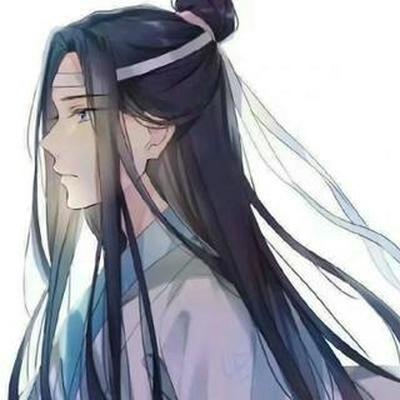Problems Encountered In Stenter Operation
-
- Stenter's lines are distorted
Too many silk screens are caused by the slack of the screen template; the distance between the loose positioning screen and the substrate changes; the angle between the squeegee and the substrate is incorrect, or the force is uneven; the thickness of the printing material is too thin or too dry; the workpiece is reworked After the printing surface is cleaned, the solvent will not be able to dry and screen printing.
2. Patterns or lines are flowery
The printing material is mixed too thinly, and the scraping is too strong; the printing material is unevenly adjusted (the solvent in the printing material is unevenly dispersed); the solvent or cleaning agent on the screen mold is not dry after the screen is wiped, or the surface of the workpiece is cleaned when rework The agent is not dry or clean; after the first squeegee, the sealing force of the printing material is too large, so that a small amount of printing material is squeezed out of the mesh; the speed of the squeegee movement (moving) during printing is too different in the effective area of the substrate , Pause in the middle or repeat printing, etc.; the fineness of the printed material does not match the number of screen meshes selected. Pattern line edge burrs, gaps, cams, etc.
- Stretch the net
There are wooden frames, metal frames, plastic frames, combo frames, etc. for screen frames. When stretching the net, clean the frame first. The net can be stretched manually, mechanically or pneumatically. After stretching the net, it is bonded and trimmed. Stretching requires that the tension of the screen is appropriate, uniform and stable, and the direction of the wire is consistent, avoiding diagonal pulling, and the warp and weft wires are parallel.
4. Plate making
Direct method: screen cleaning→application of photosensitive glue→printing→development→revision. This method is time-consuming to apply glue, the film thickness is adjustable, the combination is firm, and the printing is resistant, and the pictures and texts are prone to jagged. Indirect method: photosensitive film → printing plate → developing → sticking film → peeling off the base → repairing the plate. This method is complicated in operation, smooth in lines, weak in film, low in printing resistance, and unchanged in film thickness. Mixed method: Screen cleaning→Film sticking→Exposure→Developing→Revising. This method is easy to operate, the thickness is fixed, the lines are smoother and firmer.
5.Flat Screen Printing Machine screen direct plate making
The screen is abbreviated as CTS (Computer To Screen). Laser ablation direct plate making: first coat the screen photosensitive glue on the metal screen, burn through the photosensitive layer with a laser, the mesh part of the picture and text is transparent, the pre-printing system computer controls the ablation area, this method can only be used for the metal screen . Laser exposure direct plate making: first apply photosensitive glue on the screen, and the system computer controls the laser to image on the screen before printing to make the screen. This plate-making method uses special photosensitive glue, the ultraviolet light wave range is narrow, and the laser exposure system is expensive. Inkjet imaging system: first apply photosensitive glue on the screen, and the computer controls the inkjet system to spray light-blocking ink on the photosensitive layer of the image and text before printing, and then fully expose it to ultraviolet rays. The image and text part is not photosensitive, and the photosensitive glue is washed away; the blank part is photosensitive and hardened. This method can use ordinary photosensitive glue without losing the details of the image.
